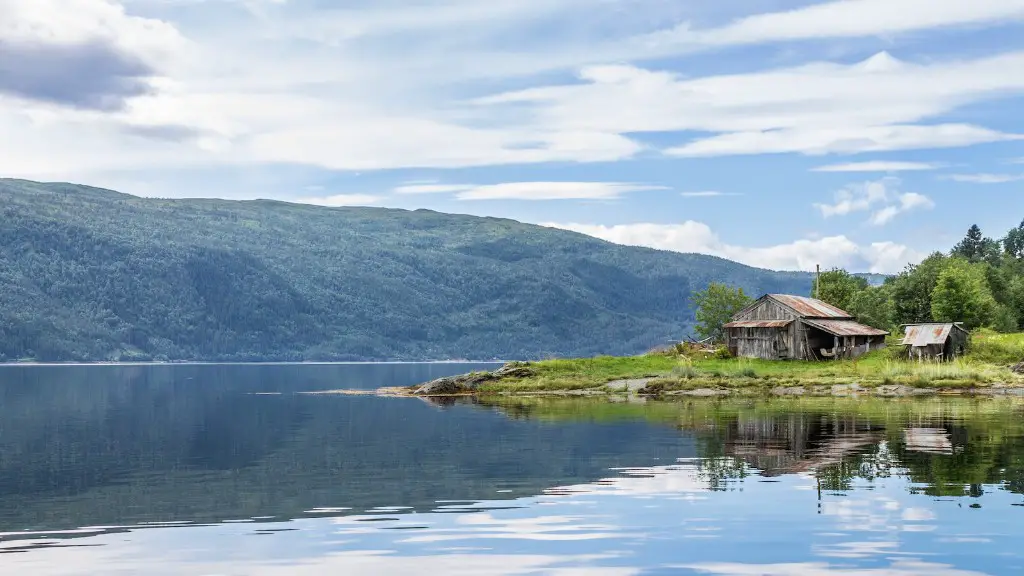Geography of the Mississippi River
The Mississippi River is one of the world’s most iconic bodies of water. It is the 4th largest river system in the world and runs an incredible 2320 miles in length, flowing from its source in Minnesota, through 10 states and finally into the Gulf of Mexico. In terms of geography, it is fed by tributaries both large and small, including the Missouri, Ohio, Arkansas and Red River. It passes through irreplaceable ecosystems, unique wetlands and areas of great archaeological and cultural significance, forming an essential part of America’s identity.
Economic Significance of the Mississippi River
In economic terms the Mississippi River is of great significance. It provides access to transport goods to and from the Midwest, connecting many ports via its tributaries, including St. Louis, St. Paul, Baton Rouge and Memphis. These ports in turn are connected to global shipping routes, further adding to the economic reach of the river. In addition, the river is used to generate hydroelectric power as well as to irrigate farmland in the areas it passes through. Billions of dollars per year are generated from the economic activities of the Mississippi River.
Historical Significance of the Mississippi River
The historical significance of the Mississippi River is clear. It has, for example, been a major setting for literary works, including, Adventures of Huck Finn, by Mark Twain, and Life On the Mississippi, also by Twain. It has formed the backdrop to many cultural movements and has also provided a stage for American political developments, providing, amongst other things, inspiration to the civil rights movement. Furthermore, it has been a battleground, with many pivotal battles of the American Civil War fought upon its shores. The Mississippi is therefore an integral part of American history.
Environmental Aspects of the Mississippi River
The Mississippi River is home to an array of flora and fauna, and is also a vital source of freshwater for the states it passes through. Negative human-induced impacts on the river, however, have been numerous through the years, including land reclamation for settlement and for agricultural use, utilization of the river for industry, and water pollution from agricultural runoff and urban sewage. Despite these issues, the Mississippi River still remains an essential part of the natural and cultural landscape of the United States.
Management of the Mississippi River
The management of the Mississippi River is complex and incorporates an array of elements. The core focus is on conservation and protection, ensuring that the river’s beauty, natural resources and ecosystems are maintained. This is addressed both locally, through state organizations such as the Mississippi Watershed Management Organization, as well as being addressed on a national level by major conservation and environmental organizations. As such, the river is managed by a variety of stakeholders in order to ensure its survival for the people of the states it passes through, forever.
Mississippi River in Figures
To truly understand the importance of the Mississippi River, its figures need to be explored. As previously mentioned, the river has a length of 2320 miles and is fed by many large and small tributaries. It is shared by 10 states, including Missouri, Arkansas, Illinois, Wisconsin, Minnesota, Iowa, Tennessee, Mississippi, Louisiana and, at its end, the state of Texas. As such, the Mississippi River is an integral part of life for the people of these states.
Conclusion
The Mississippi River is one of the most iconic and important rivers in the world. It is of immense importance geographically, economically and historically, and its conservation and management is vital to ensure its continued future. Through its tributaries, the 10 states it passes through, and the billions of dollars generated through it, the Mississippi River is invaluable and irreplaceable to the people and places of the Midwestern United States.

